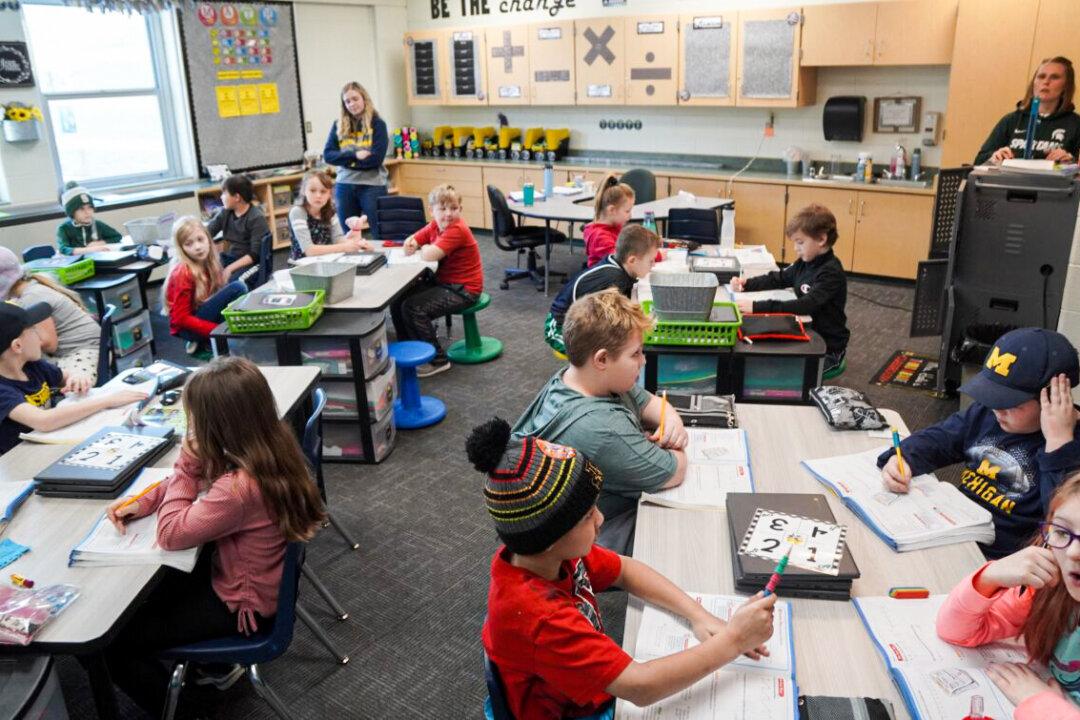Creativity and enthusiasm define childhood, but American children seem to be losing these gifts, teachers say.
American children are less creative and less motivated than past generations. When teachers compare today’s children with their peers from only a few years ago, there’s a clear difference, according to Page Park, an Indiana teacher with 24 years of experience.




